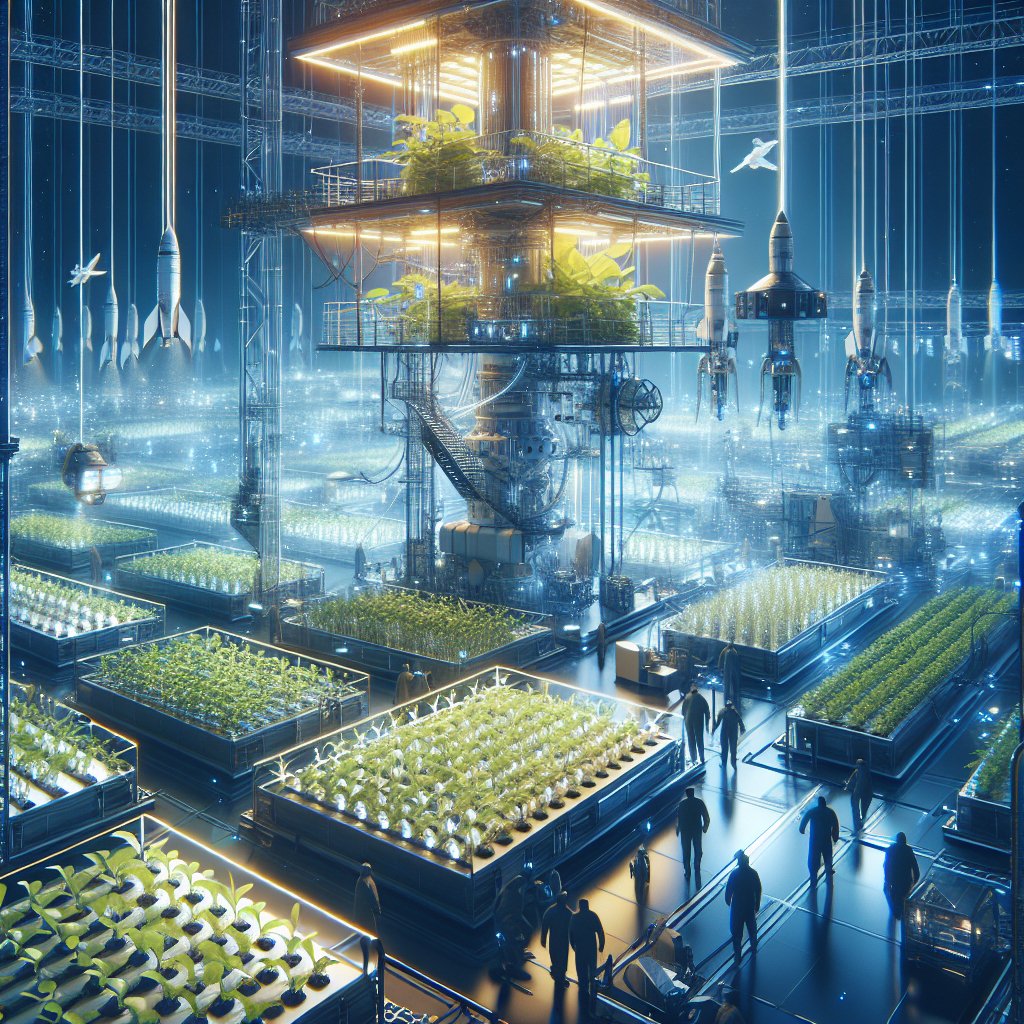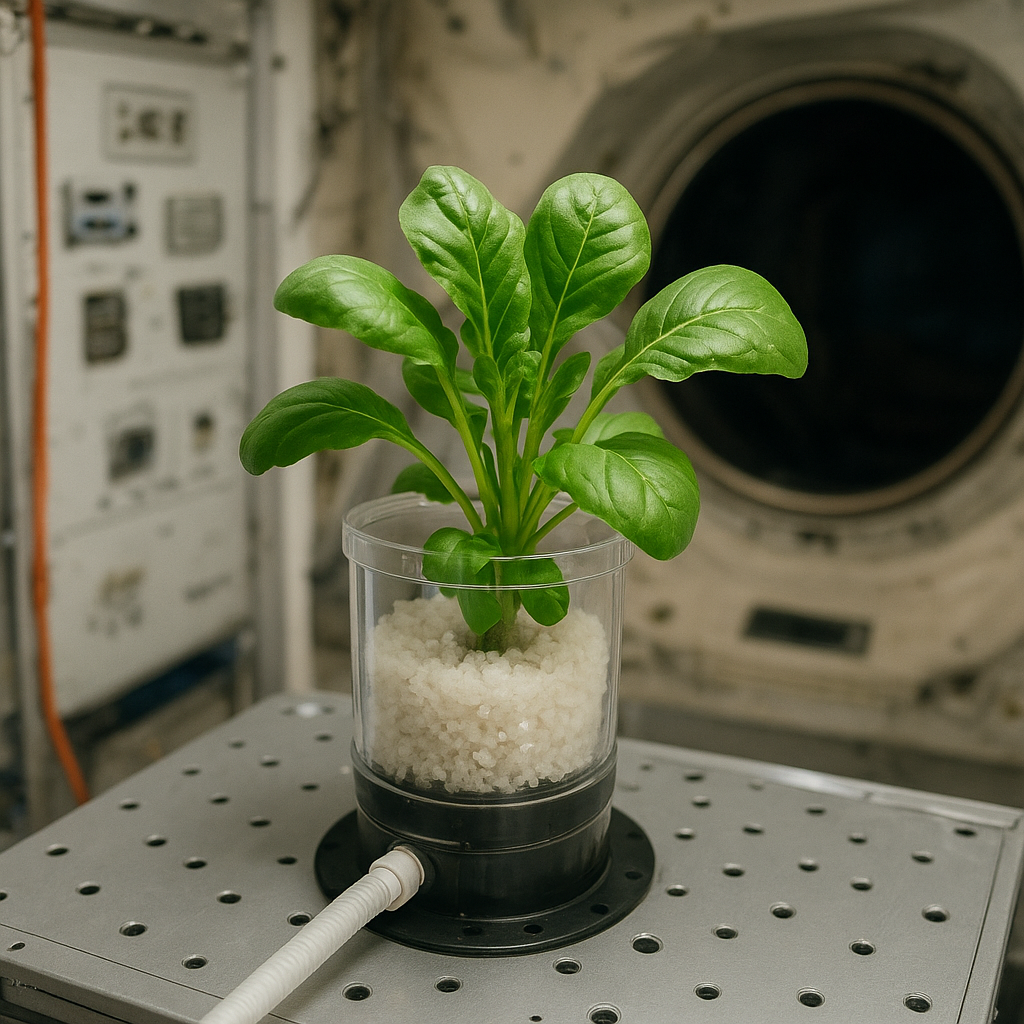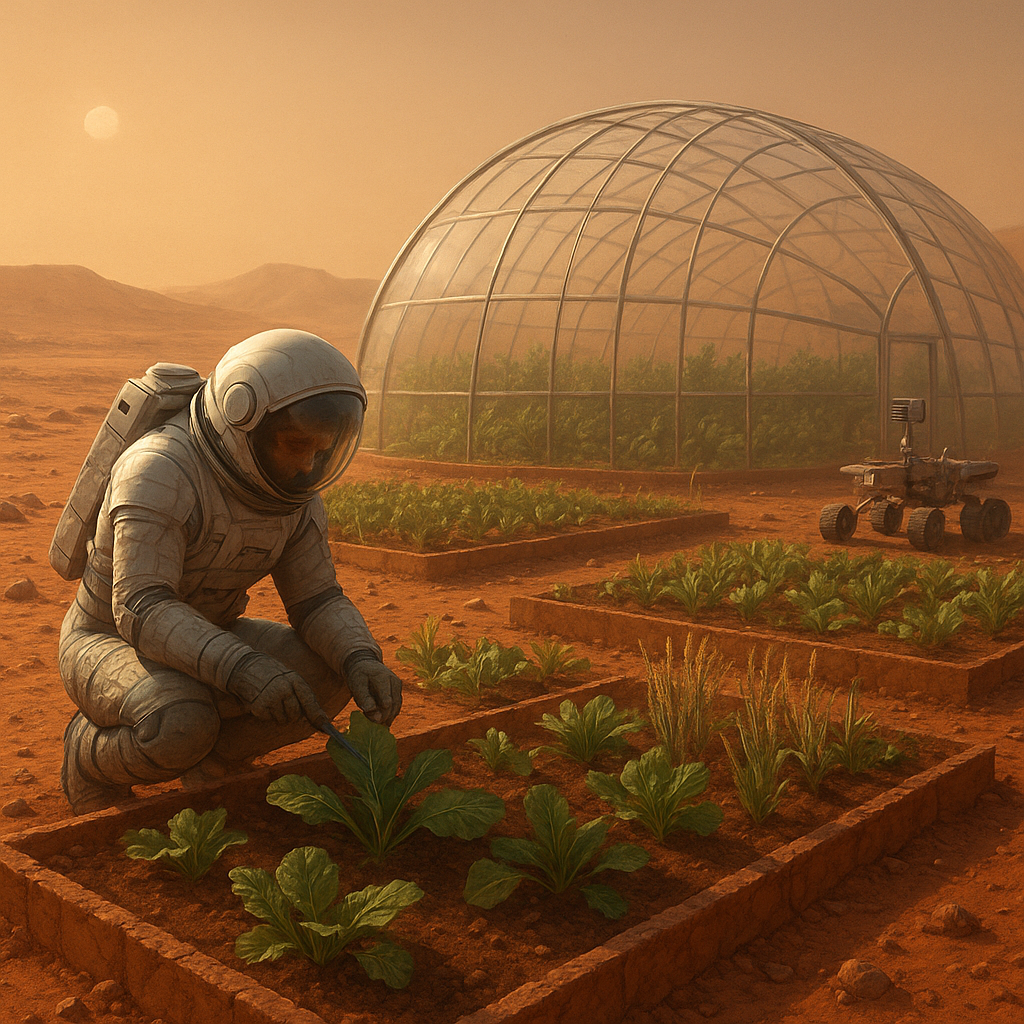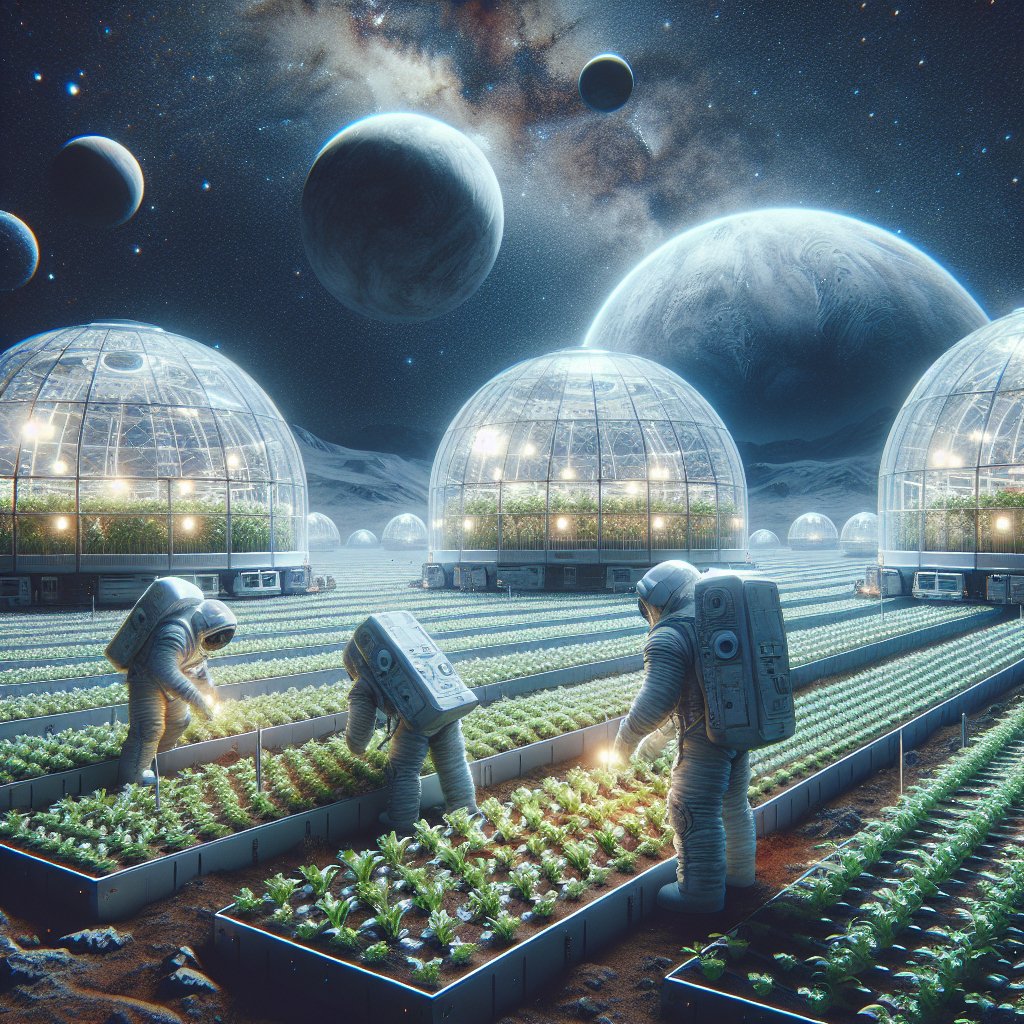The intersection of agriculture and space exploration presents a unique opportunity to address global hunger challenges. As the world grapples with the increasing demand for food due to population growth and climate change, innovative farming technologies developed for space missions can offer sustainable solutions. This article explores how these advanced agricultural techniques can be adapted for use on Earth, potentially revolutionizing food production and enhancing food security.
Innovations in Space Agriculture
Space missions have long required self-sustaining life support systems, leading to the development of advanced agricultural technologies. NASA and other space agencies have invested significant resources into understanding how to grow food in microgravity environments. These innovations not only aim to support astronauts on long-duration missions but also hold promise for addressing agricultural challenges on Earth.
Hydroponics and Aeroponics
One of the most significant advancements in space agriculture is the use of hydroponics and aeroponics. These soil-less farming techniques allow plants to grow in nutrient-rich water or mist, respectively. In the microgravity of space, traditional farming methods are impractical, making these technologies essential for food production aboard spacecraft.
- Hydroponics: This method involves growing plants in a water-based solution, where nutrients are delivered directly to the roots. Hydroponics can produce higher yields in smaller spaces compared to traditional soil farming.
- Aeroponics: In this technique, plants are suspended in air and misted with nutrient solutions. Aeroponics uses even less water than hydroponics and can lead to faster plant growth.
Both hydroponics and aeroponics have been successfully tested on the International Space Station (ISS), where astronauts have grown various crops, including lettuce, radishes, and zinnias. The success of these methods in space demonstrates their potential for use in urban agriculture and areas with limited arable land on Earth.
LED Lighting and Controlled Environments
Another critical aspect of space agriculture is the use of LED lighting and controlled environmental conditions. In space, natural sunlight is not always available, necessitating the development of artificial lighting systems that can mimic the sun’s spectrum. These systems can optimize plant growth by providing the right wavelengths of light at the right times.
On Earth, similar technologies can be employed in vertical farms and greenhouses, allowing for year-round crop production regardless of external weather conditions. By controlling temperature, humidity, and light, farmers can create ideal growing conditions, leading to increased productivity and reduced resource consumption.
Adapting Space Technologies for Earthly Challenges
The technologies developed for space agriculture can be adapted to address various challenges faced by farmers on Earth. As climate change impacts traditional farming practices, these innovations offer sustainable alternatives that can enhance food security and resilience.
Urban Agriculture and Food Deserts
Urban areas often face food deserts, where access to fresh produce is limited. Hydroponic and aeroponic systems can be implemented in these regions, allowing for the cultivation of food in small spaces, such as rooftops and abandoned buildings. By bringing food production closer to consumers, these technologies can reduce transportation costs and provide fresh, nutritious food to underserved communities.
Resource Efficiency and Sustainability
Water scarcity is a growing concern in many parts of the world. Traditional agriculture consumes vast amounts of water, often leading to depletion of local water sources. Hydroponics and aeroponics use significantly less water than conventional farming methods, making them more sustainable options. By recycling water and nutrients, these systems can minimize waste and reduce the environmental impact of food production.
Additionally, the use of controlled environments allows for the reduction of pesticides and fertilizers, leading to healthier crops and less chemical runoff into the environment. This aligns with the growing demand for organic and sustainably produced food.
Resilience to Climate Change
As climate change continues to disrupt traditional farming practices, the adaptability of space agriculture technologies can provide a solution. Vertical farms and controlled-environment agriculture can be established in regions prone to extreme weather events, such as droughts or floods. By creating stable growing conditions, these systems can ensure a consistent food supply, even in the face of climate-related challenges.
Future Prospects and Global Collaboration
The potential of space agriculture technologies to combat hunger is vast, but realizing this potential requires global collaboration and investment. Governments, private companies, and research institutions must work together to develop and implement these innovations in various contexts.
Research and Development
Continued research and development are essential to refine space agriculture technologies for terrestrial applications. This includes studying the specific needs of different crops, optimizing nutrient solutions, and improving energy efficiency in controlled environments. Collaborative efforts can lead to breakthroughs that enhance the scalability and affordability of these systems.
Education and Training
To successfully implement these technologies, education and training programs must be established for farmers and agricultural professionals. Understanding how to operate hydroponic and aeroponic systems, as well as the principles of controlled-environment agriculture, will be crucial for widespread adoption. By equipping individuals with the necessary skills, communities can take charge of their food production and contribute to global food security.
Policy Support and Investment
Governments play a vital role in supporting the adoption of innovative agricultural technologies. Policies that incentivize research, provide funding for urban agriculture projects, and promote sustainable farming practices can create an environment conducive to growth. Investment in infrastructure, such as greenhouses and vertical farms, can also facilitate the transition to more resilient food systems.
Conclusion
The challenges of global hunger and food security are complex, but the innovations developed for space agriculture offer promising solutions. By adapting these technologies for use on Earth, we can create sustainable farming practices that address the needs of a growing population while minimizing environmental impact. Through collaboration, research, and investment, the agricultural techniques designed for space can help pave the way for a more food-secure future.




